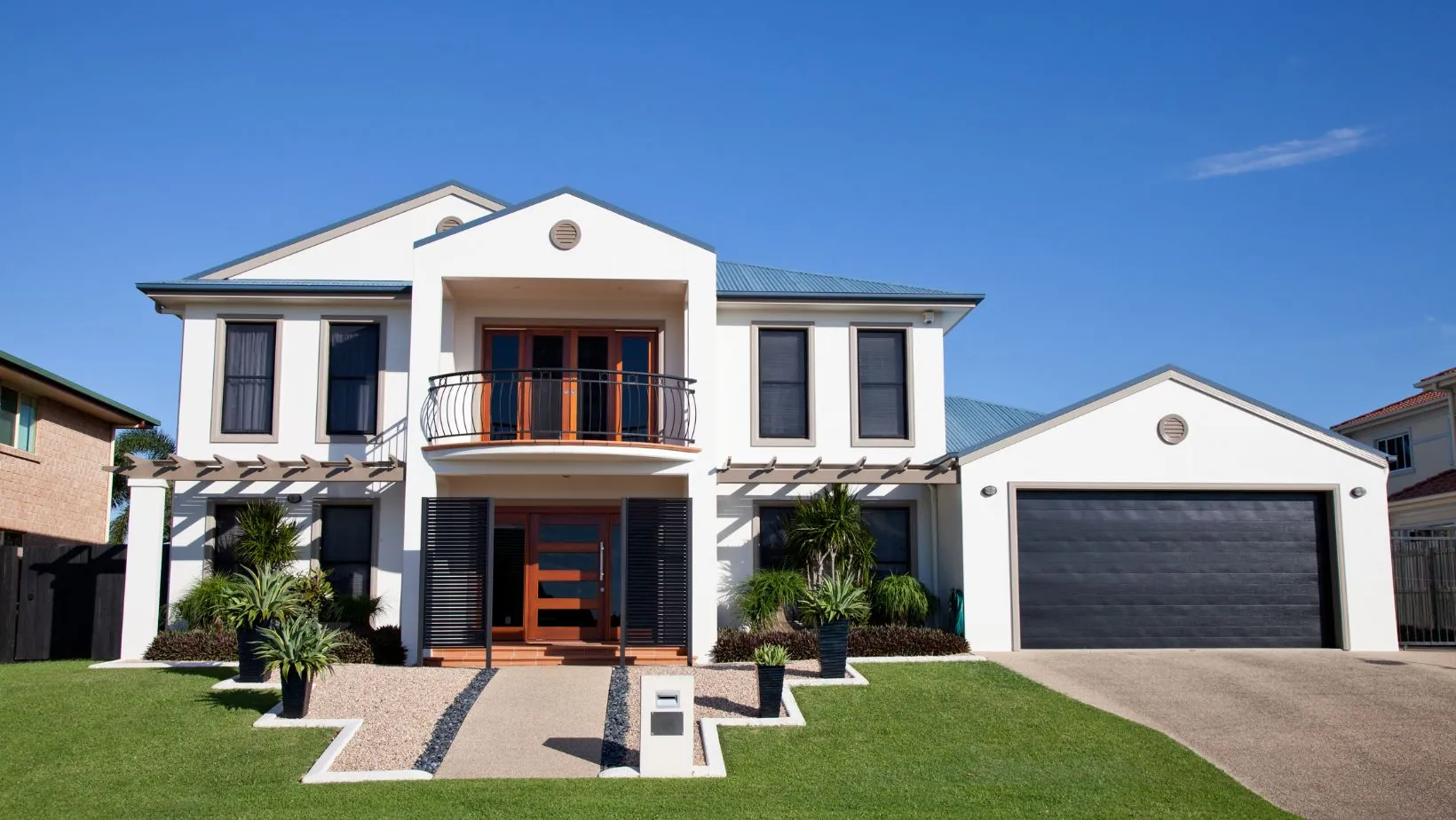There’s something undeniably charming about a column radiator. Maybe it’s the symmetry, the subtle throwback to classic interiors, or the way it stands confidently in a room without begging for attention. But charming doesn’t always mean practical. In an era where energy efficiency, sleekness, and smart-home compatibility dominate, the humble column radiator has some explaining to do.
So, are they still a smart choice? Or are they just clinging to relevance, like the radiator equivalent of a vintage typewriter?
The Enduring Appeal Of Column Radiators
Before we dive into technicalities, it’s worth considering why column radiators haven’t faded out completely. They’re certainly not the only heating option anymore. But despite a steady stream of newer models—panel radiators, designer radiators, infrared panels—column radiators remain quietly popular.
The aesthetic appeal is the obvious part. Their timeless look pairs effortlessly with Victorian renovations, modern-industrial lofts, and even minimalist spaces looking for a little texture. But it goes deeper than design. Column radiators tend to deliver a strong, consistent heat output. Because of their multi-column build, they hold a larger volume of water than slimline models. That can translate to more effective, room-filling warmth—especially in larger or draught-prone homes.
Where Form Meets Function
One of the most common misconceptions is that old-school appearance means outdated functionality. Not true. Many traditional column radiator options are now manufactured with modern processes, updated materials, and compatibility with contemporary heating systems. You’ll find options that work with low-temperature setups, underfloor circuits, and thermostatic controls.
In fact, some suppliers—such as those at mrcentralheating.co.uk/radiators/column-radiators —offer designs that balance authenticity with efficiency. You’re not stuck with cast iron relics unless you want to be. Mild steel and aluminium versions, for example, retain the visual style while significantly improving responsiveness and energy profile.
This is where practicality really starts to shine. You get the performance benefits of larger water volume (which can reduce the number of radiators needed in a space), but you also retain control over sizing, wall projection, and heat output levels. That’s critical in both retrofit projects and new builds, where layout flexibility matters more than ever.
Weighing The Downsides
Of course, no radiator style is without its caveats. One criticism of column radiators is their depth. Compared to ultra-slim convector models, they take up more space—physically and visually. In narrow hallways or compact bedrooms, this can be a deal-breaker.
Another point of concern is dust. The gaps between columns tend to collect it, and cleaning them isn’t exactly therapeutic. That said, if you’ve ever tried cleaning behind a convector radiator, the column type might actually be easier by comparison. It’s really just a matter of perspective—and vacuum attachments.
Weight is another consideration, especially with cast iron variants. These are heavy, sometimes comically so. Installation requires proper wall bracketing and sometimes floor supports. But again, modern alternatives in lighter materials often solve this, without sacrificing the classic appeal.
So, Who Are They Really For?
This is where things get more nuanced. Column radiators aren’t just for period properties. They’re for anyone wanting a middle ground between efficiency and style. Designers love them because they don’t fight with the decor. Homeowners like them because they feel substantial. Installers? That’s trickier. But with the right wall and good planning, they’re no more complicated than a tall ladder radiator or bespoke towel rail.
They’re especially practical in homes with high ceilings or larger rooms that need more than a thin sliver of steel to heat up. Because the heat isn’t overly directional, they offer a more even temperature profile. Plus, the wide range of available sizes—single, double, even triple columns—means they can be tailored without compromise.
Final Thoughts: More Than Just Nostalgia
There’s a reason column radiators have stuck around. They offer more than nostalgia. When chosen well, they deliver comfort, performance, and aesthetic value in equal measure. They’re not always the easiest to install, or the cheapest to buy. But they might be the most quietly versatile option still standing.
So yes, they’re still a practical choice. Not in the one-size-fits-all sense, but in a deeper, more architectural way. They give you heat with a sense of permanence. Warmth that feels built in—not just bolted on. And in a world that’s increasingly fast and paper-thin, there’s something deeply reassuring about that.




